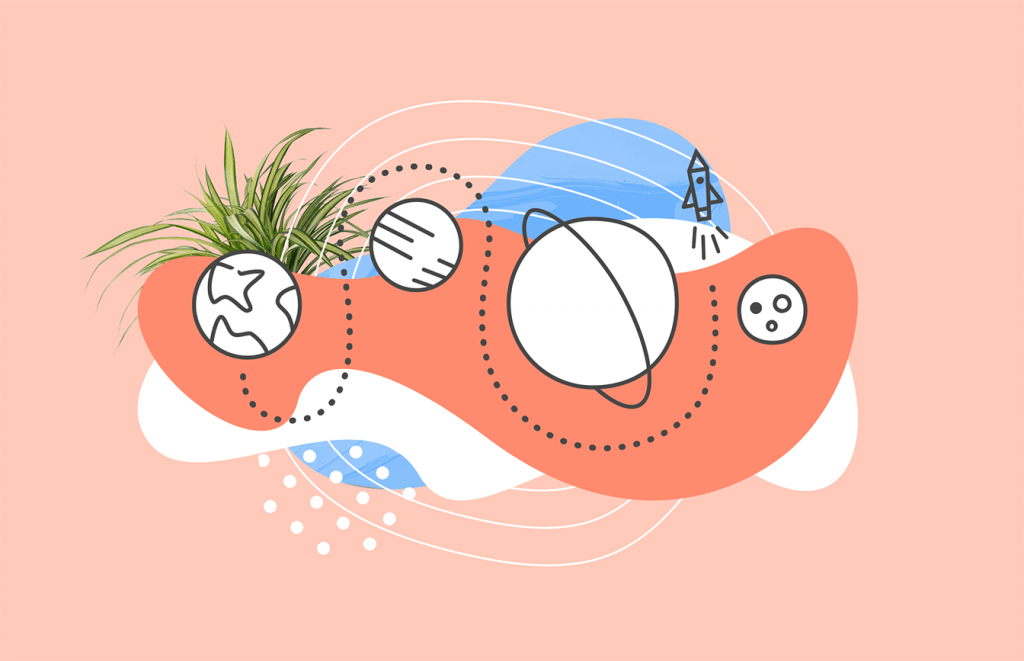
Learning how to market a small business is hard, especially when you wear many hats. Our customers tell us this all the time, so we look for ways to make it easier for small businesses to do great marketing. In our research and conversations with customers, a theme emerged: It’s hard to identify which marketing tools and techniques match your needs at any specific time.
Some campaigns, like abandoned cart emails, can be set up as soon as you’ve got an online store. But others aren’t worth the effort until later on, like re-engagement automations that send to people who haven’t bought from you in a while. So how do you know what’s worth spending your (very limited) time on?
We realized that small businesses needed a map—something to point to and say, “This is where my business is, so that’s what I should be doing.” Enter the customer journey.
People rarely discover a company or product and make a purchase immediately. Instead, they follow a less linear path that might include reading the website, deciding whether to buy, sleeping on it, and eventually going back to buy. This meandering route is called the customer journey, and it’s different for every person.
When you reach people with the right information at the right time, you can help them make quicker purchasing decisions. This is where MailChimp’s customer journey comes in. When you click Create Campaign and choose the Explore option, you’ll see all of our most powerful campaigns organized by marketing goals. Pick a campaign in the section that matches your goal, and you’ll be off to a great start.
Let’s walk through the 5 sections in the customer journey.

Build your brand
This section offers a variety of ways to get the word out about your business when you’re just starting out. Use an ad to reach new audiences on Facebook and Instagram. Then, use a subscriber pop-up form on your website to add them to your contacts list. Or, if you already have a great list of customers and you’re looking for new ones just like them, try targeting similar people.
Connect with new contacts
Once you’ve got people’s attention, show them something interesting to give them a reason to stick around. You can share your writing or behind-the-scenes stories as you add new content to your blog—or send a special message for their birthday. The important thing is to start building a relationship with people as soon as they engage with you.
Sell more stuff
The web is a big place where people can easily get distracted before making a purchase. But there are lots of ways to helpfully remind people. You can send a retargeting email if they leave your site to jog people’s memory of the items they saw, or send an abandoned cart email to remind them of what they intended to buy. When they do purchase, send an order notification with personalized product recommendations to suggest other items they might like. And after they buy, send a product follow-up automation to say thanks, ask for a product review, or recommend other products.
Boost loyalty
It costs a lot less to keep your current customers coming back than it does to find new ones. Use these campaigns to develop relationships with your customers, starting from the first time they buy. Most of these campaigns are automated, making it easy to balance retention with your other marketing efforts. The best customers automation workflow, for example, targets people that meet certain criteria for loyalty or spending. All you have to do is add content and turn it on.
Bring people back
Just because someone hasn’t purchased in a while doesn’t mean they’re not still a valuable customer. Use these campaigns to rekindle people’s interest, perhaps by reconnecting with contacts who unsubscribed from your list with promotions on Facebook and Instagram. With free marketing automation, there’s nothing to lose when you try.
